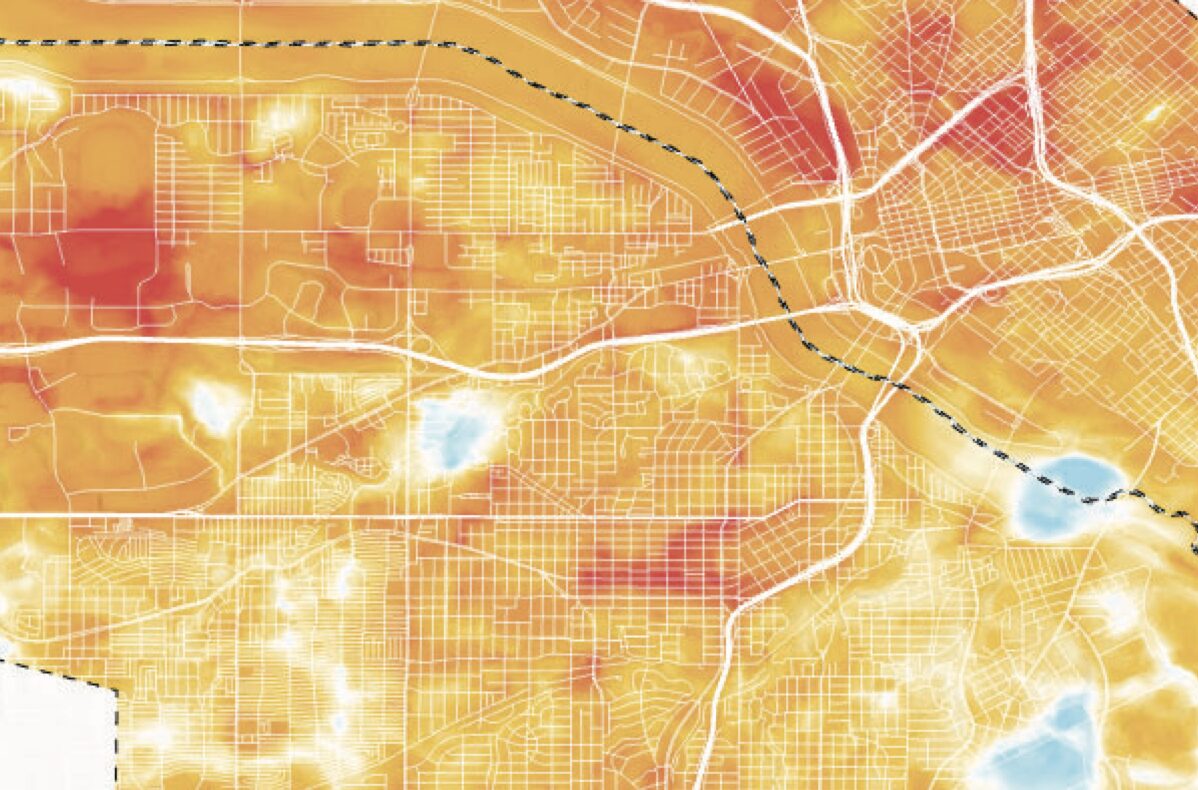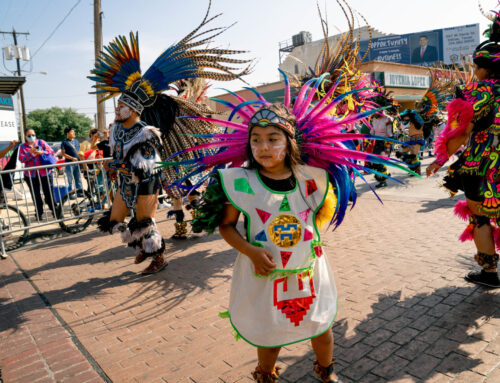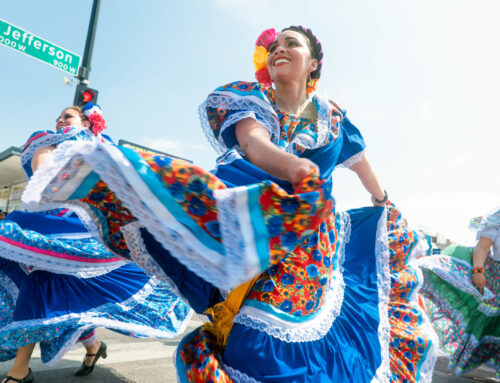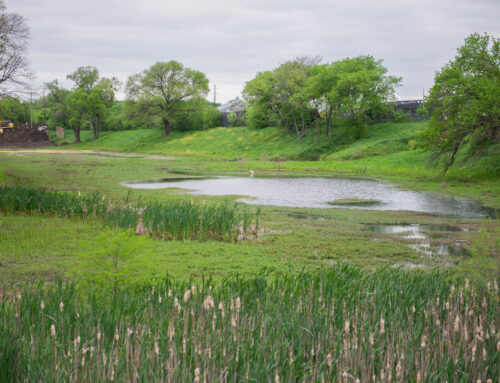Residents of Oak Cliff’s Bishop Arts and Jefferson Boulevard neighborhoods are subject to hotter temperatures than other Dallasites, a city study released Monday finds.
The survey was conducted by the City of Dallas and the National Oceanic and Atmospheric Administration (NOAA) to map where people are most at risk in extreme heat events. Seventy volunteers assisted with the data collection last August and tested temperatures along nine different routes, primarily in West and Southern Dallas, during the morning, afternoon and evening.
In some areas, including Bishop Arts and Jefferson Boulevard, temperatures were found to be up to 10 degrees hotter then other parts of the city were experiencing at the same time.
That high differential classifies the neighborhoods as heat islands — urbanized areas where the temperature is higher than outlying areas, generally due to a lack of greenspace or trees for cooling and a heavy presence of pavement which absorbs heat.
According to the Urban Heat Island mapping campaign, extreme heat has been the number one weather-related cause of death in the United States for the last three decades.
“Studying urban heat island is critical to protecting the health of our residents,” said Dallas’ Office of Environmental Quality and Sustainability Director Carlos Evans. “We’re working with our partners to continue to identify equitable ways to identify hotspots, implement cooling solutions, and provide data to our council members and other decision makers.”
Bishop Arts and West Dallas were also found to have environmental justice concerns, a city statement said. The news release did not say what concerns were found in each neighborhood.
The city said they plan to map the remaining parts of the city this summer.






